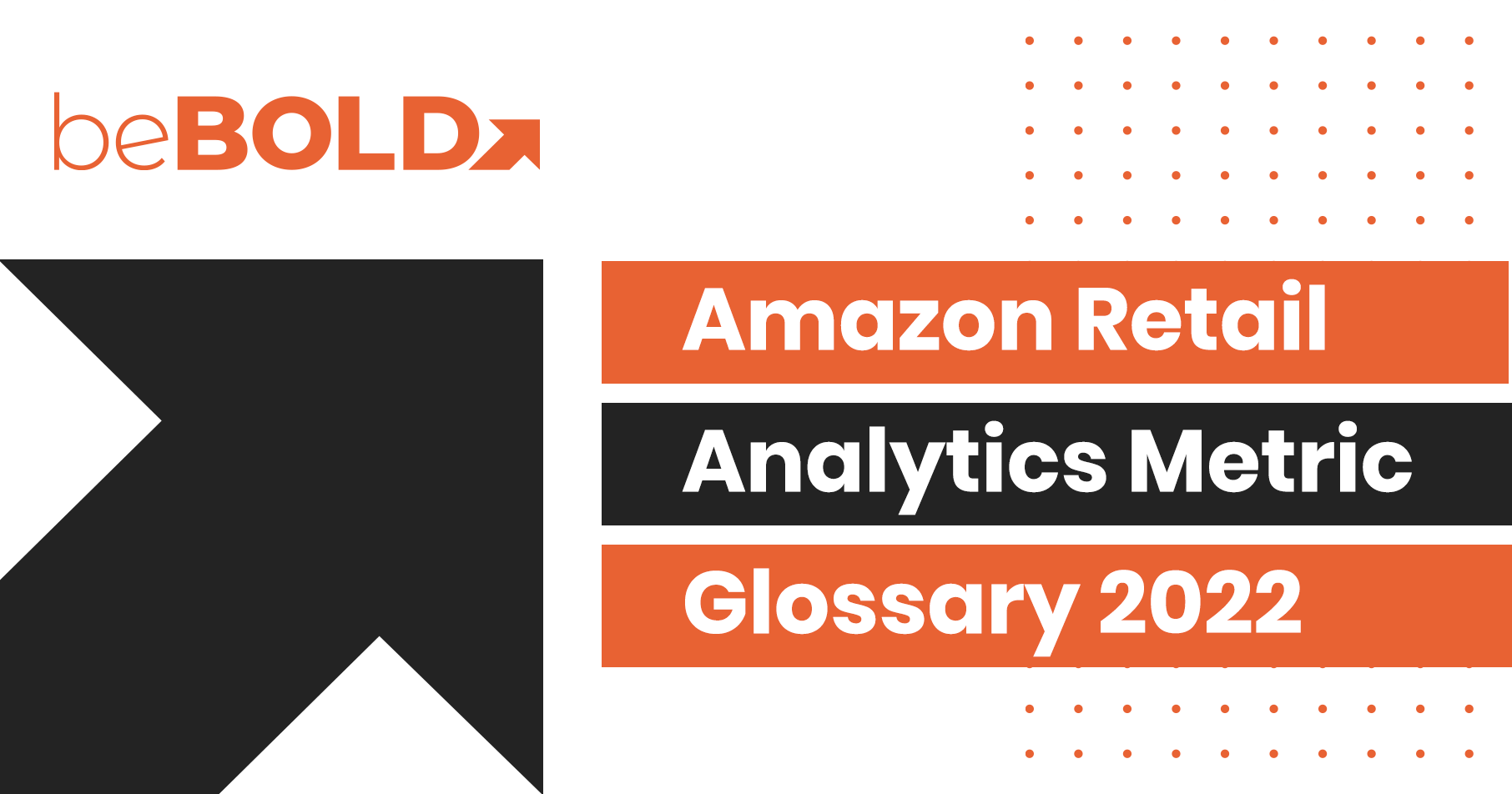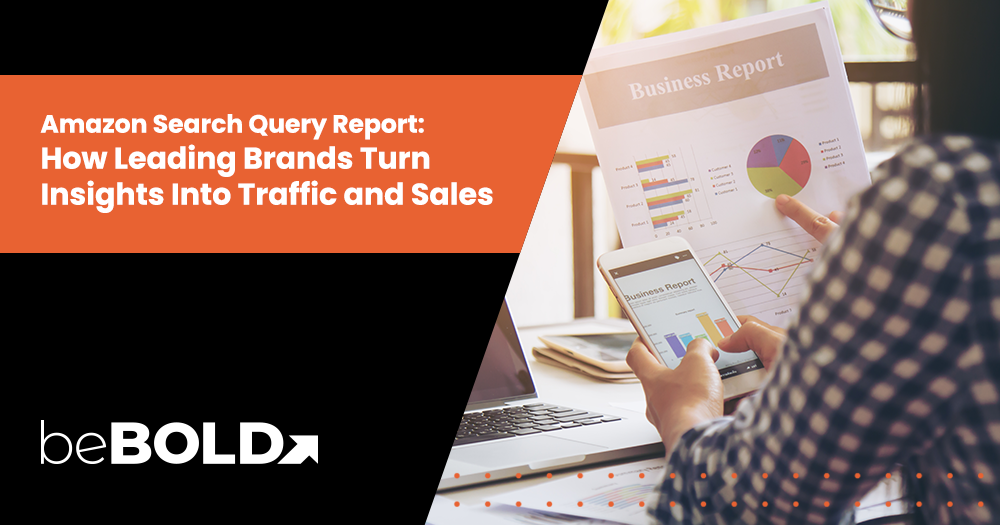Below are the metrics included in the Amazon Retail Analytics dashboards, along with their definitions and the dashboard in which they are found. Read more about the New Amazon Vendor Retail Analytics as well
| Metric | Definition | Dashboard |
|---|---|---|
| Aged 90+ Days Sellable Inventory | Number of units that is at least 90 days old and in sellable condition on the last day of the selected time frame. | Inventory |
| Aged 90+ Days Sellable Units | Cost of inventory that is at least 90 days old and in sellable condition on the last day of the selected time frame. | Inventory |
| Contra-COGS (CCOGS) |
Contrary to the Cost of Goods Sold (Contra-COGS) represents funds that Amazon collects from vendors for agreements related to Amazon’s purchase, customer sales, or marketing of the vendor’s inventory. This amount excludes Display Ads Contra-COGS. Total CCOGs Amount is also referred to as Vendor Funded Contra-COGS (VFCC). Total Contra Cogs amount = Vendor allowance amount. + Quick Pay Discounts Amount + Discretionary COOP Amount Vendor Allowance Amount - Vendor Allowances are cost savings funded by the vendor, including damage allowance, volume incentive, and flex agreements. Quick Pay Discounts Amount - Quick Pay Discounts are the estimated discount amounts obtained by Amazon through paying a vendor's inventory invoice early. Discretionary COOP Amount - Discretionary Co-Op is the estimated cooperative amount for the shipped item, agreed upon between Amazon and the vendor. It is calculated based on agreements including accruals, flex agreements, straight payments, and Guaranteed Minimum Margin (GMM). |
Net PPM |
| Customer Returns | The number of units returned. Customer returns are applied to ordered revenue based on the original date of sale. | Sales |
| Glance Views | Glance views where retail is the featured offer. | Traffic |
| Net PPM |
Net Pure Product Margin (PPM) is the primary metric in this dashboard and is defined as Amazon's margin after taking into account CCOGs and sales discounts. Net PPM = (Shipped Revenue - Shipped CCOGS + CCOGS - sales discount) / shipped revenue. |
Net PPM |
| Net Received Amount | Net amount received by Amazon after subtracting the amount returned to the supplier in the selected time frame. | Inventory |
| Net Received Units | Net units received by Amazon after subtracting the units returned to the supplier in the selected time frame. | Inventory |
| Open Purchase Order Quantity | Number of units included in the vendor's open purchase orders. For example, confirmed purchase order quantities that are not yet received. | Inventory |
| Ordered Revenue |
Revenue generated by a customer order, with adjustments for prior sales such as returns or cancellations, applies to both Kindle and physical books. Understanding how Amazon Ads work for Books can help vendors effectively use advertising to boost visibility and increase sales. Ordered Revenue = price * ordered units. |
Sales |
| Ordered Units | Ordered units generated by a customer order with adjustments made for prior sales, such as returns or cancellations. This metric is also applicable for Kindle and physical books. | Sales |
| Overall Vendor Lead Time (Days) | Time (in days) from when the vendor receives a purchase order from Amazon, to when inventory is received in a fulfillment center. | Inventory |
| Receive Fill Rate |
Purchase order units received by Amazon in comparison to purchase order units confirmed by the vendor. The fill rate here applies only to procurable ASINs. Procurability refers to whether Amazon is able to obtain an ASIN from a vendor without a purchase order delay. Fill Rate = received quantity / confirmed quantity. |
Inventory |
| Procurable Product OOS |
Out of stock (OOS) rate on all products that are procurable. Procurability refers to whether Amazon is able to obtain an ASIN from a vendor without a purchase order delay. Procurable Product OOS = OOS Glance Views (GVs) on Procurable ASINS / Total GVs. |
Inventory |
| Sales Discount |
Sales discounts are amounts related to promotional activities that Amazon conducts at checkout, such as promo code redemptions, giftcard promotions, buy X, get Y (BXGY), and employee discounts. Sales Discounts = eligible promotions. + Promotional gift cards amount + Bounceback promotion amount + Cross-GL bounceback amount + Loyalty points amount |
Net PPM |
| Sell Through Rate |
Calculated as the number of units shipped in comparison to the number of units at Amazon at the start of the period, plus any units received during the same time period. Sell Through Rate = (Shipped units - customer returns) / (On hand units + received units). |
Inventory |
| Sellable On Hand Inventory Amount | The cost of inventory in Amazon fulfillment centers that is in sellable condition on the last day of the selected time frame. | Inventory |
| Sellable On Hand Units | Number of units in Amazon fulfillment centers that is in sellable condition on the last day of the selected time frame. | Inventory |
| Shipped COGS (PCOGS) | Product Cost of Goods Sold (PCOGS) is the price Amazon paid to a vendor for item procurement. | Sales |
| Shipped Revenue |
Revenue generated by a customer order at the time of shipment. Shipped Revenue = Price * shipped units. |
Net PPM Sales |
| Shipped Units | Quantity of units shipped. |
Net PPM Sales |
| Unfilled Customer Ordered Units | Number of units ordered (or pre-ordered), but have not shipped. | Inventory |
| Unhealthy Inventory Amount | Excess cost of inventory on the last day of the selected time frame based on forecasted demand. | Inventory |
| Unhealthy Inventory Units | Excess units of inventory on the last day of the selected time frame based on forecasted demand. | Inventory |
| Unsellable On Hand Inventory Amount | The cost of inventory in Amazon fulfillment centers that is in unsellable condition on the last day of the selected time frame. | Inventory |
| Vendor Confirmation Rate |
How many units vendors confirm out of the units Amazon asks for, accounting for procurable ASINs only. Procurability refers to whether Amazon is able to obtain an ASIN from a vendor without a purchase order delay. Vendor confirmation rate = Quantity confirmed / quantity submitted. |
Inventory |
| Week [1 - 26] MEAN Forecast | Amazon’s best estimate of weekly customer demand [1 - 26] weeks in the future. This estimate does not account for safety stock. | Forecasting |
| Week [1 - 26] P70 Forecast | Amazon estimates that there is a 70% probability that weekly customer demand [1 - 26] weeks in the future will be at or below this value. | Forecasting |
| Week [1 - 26] P80 Forecast | Amazon estimates that there is a 80% probability that weekly customer demand [1 - 26] weeks in the future will be at or below this value. | Forecasting |
| Week [1 - 26] P90 Forecast | Amazon estimates that there is a 90% probability that weekly customer demand [1 - 26] weeks in the future will be at or below this value. | Forecasting |
As an Amazon Vendor, you may or may not be familiar with the term "provision for receivables." This refers to the temporary credit memos or access amounts that Amazon charges on your account. These charges are made because the anticipated costs due to Amazon may exceed the anticipated payments owed to you.
Provision for receivables is a way for Amazon to protect itself from any potential losses that may occur. However, it's important to note that these provisions are temporary and will be reversed once Amazon receives payment from the buyer. In other words, don't worry if you see a provision for receivables on your account. It's just a precautionary measure taken by Amazon to protect itself.
If you’re managing inventory on Amazon, this guide outlines smart SKU setup and organization tips. Learn more in Amazon Seller SKU Best Practices.
Amazon Vendor Retail Analytics Conclusion
If you're having trouble with your Amazon Vendor Account or Provision for Receivables, don't worry - we're here to help. Our team of experts are more than happy to assist you in getting everything squared away and keeping your business running smoothly. Contact us today if you need any assistance!









Comments